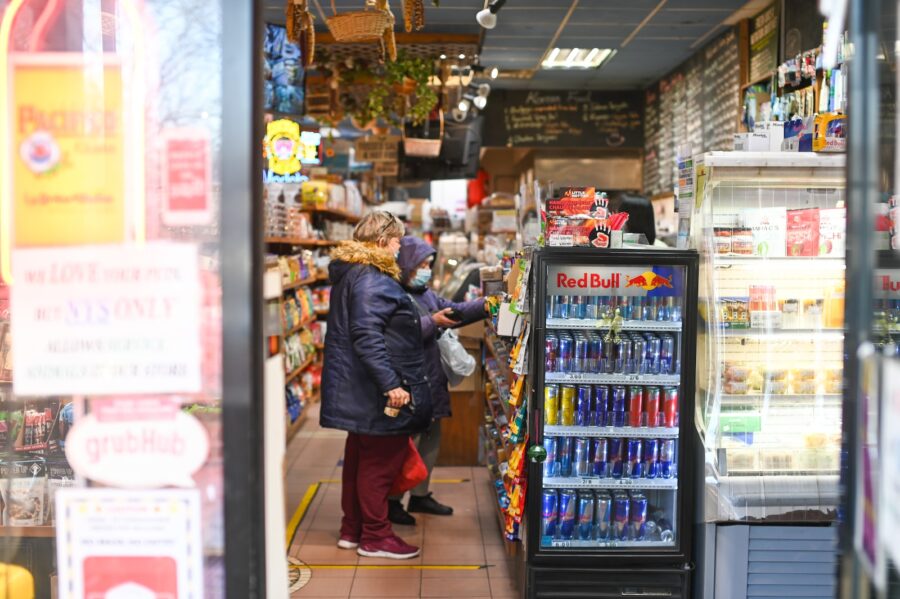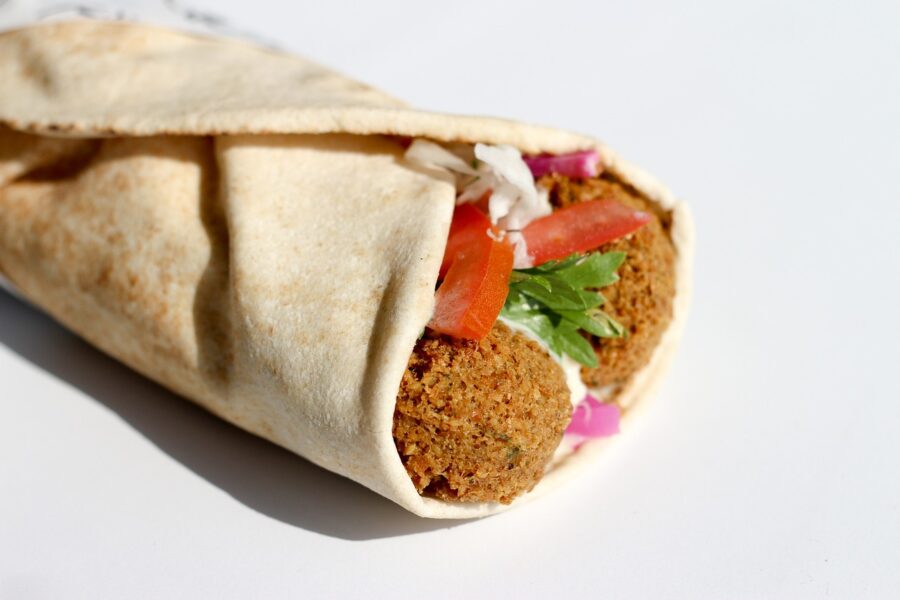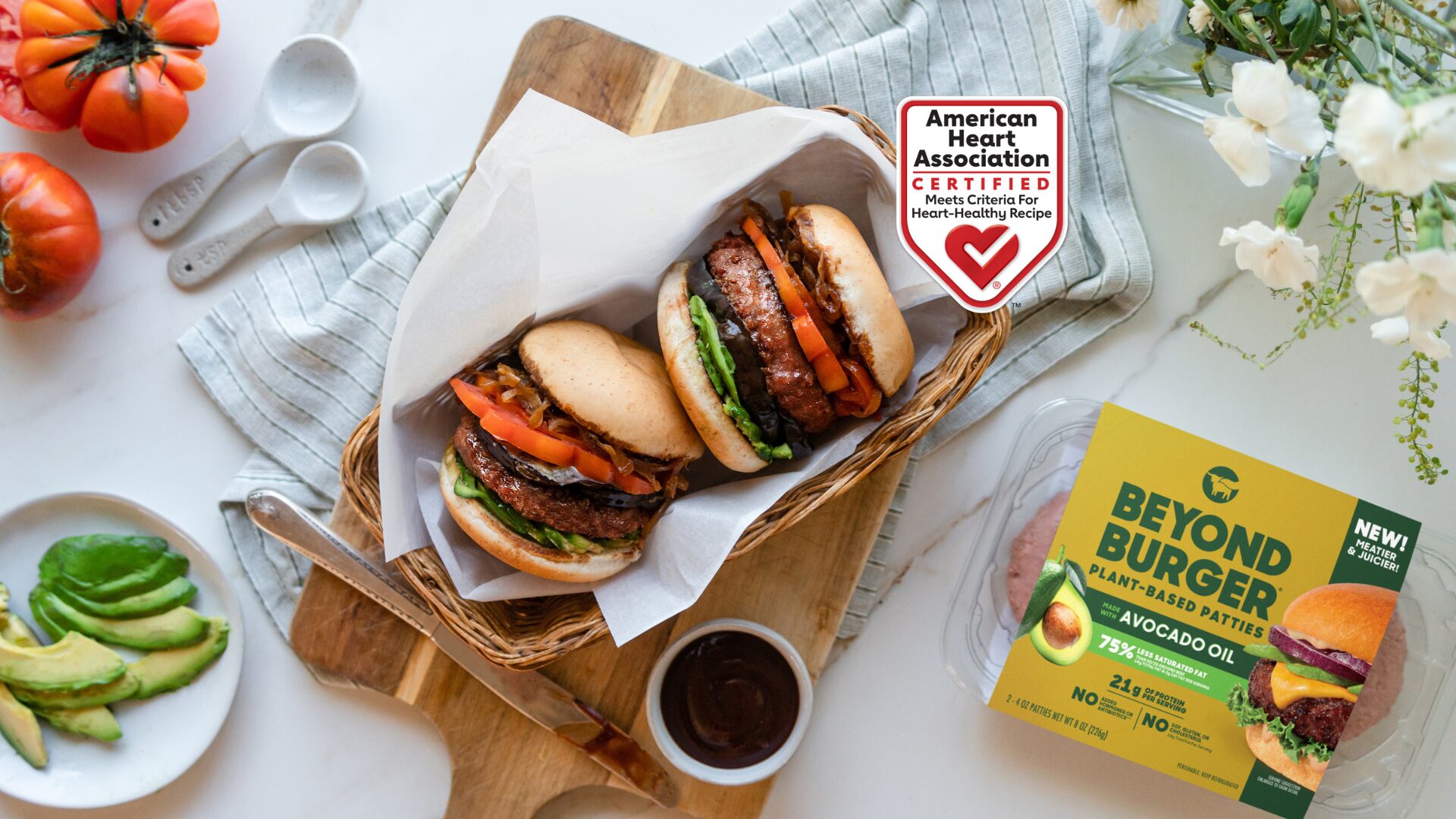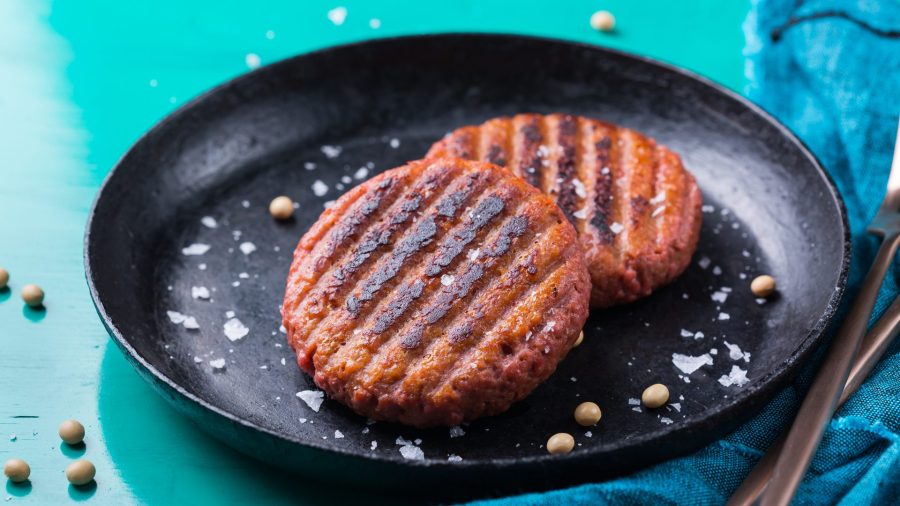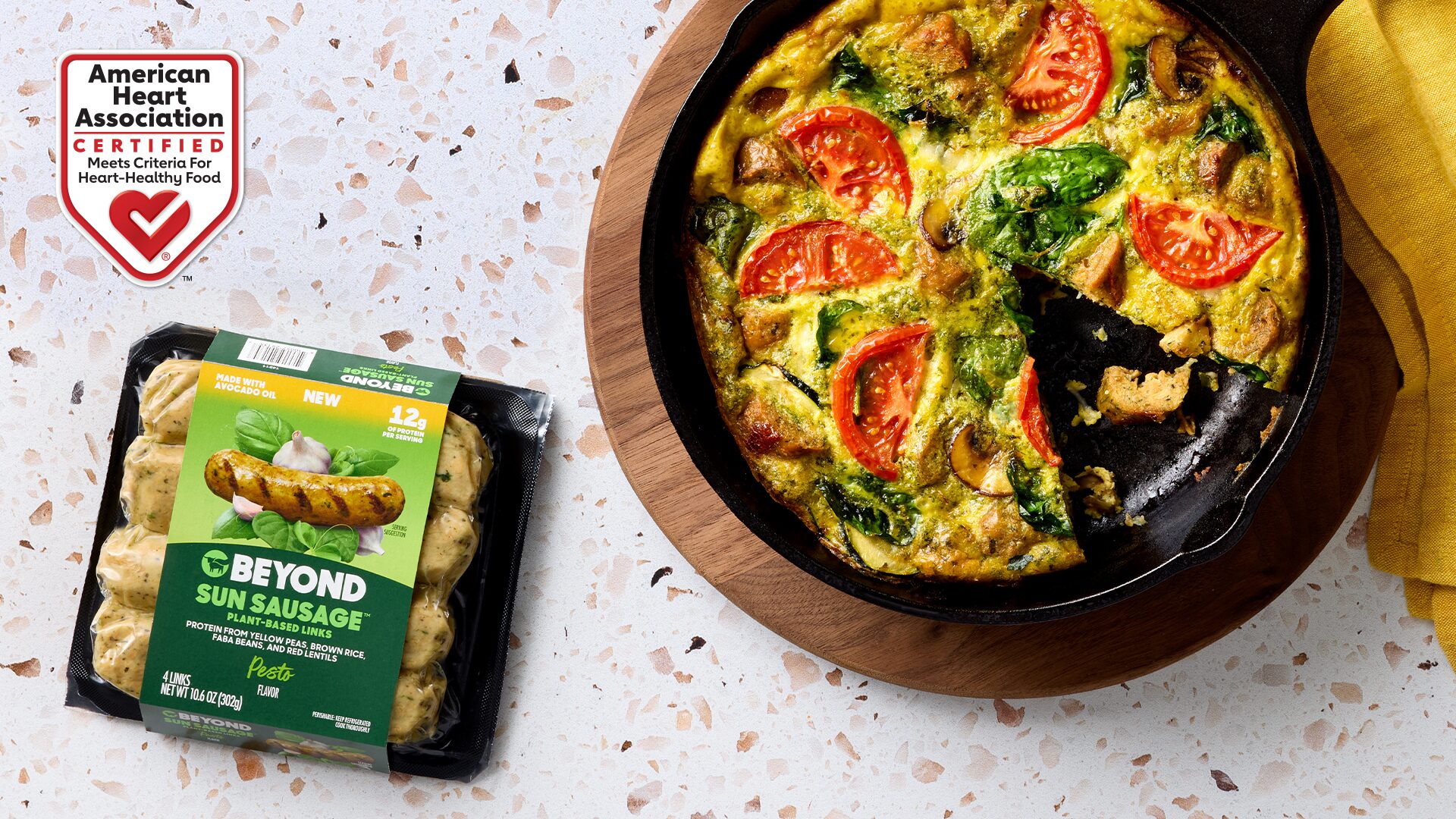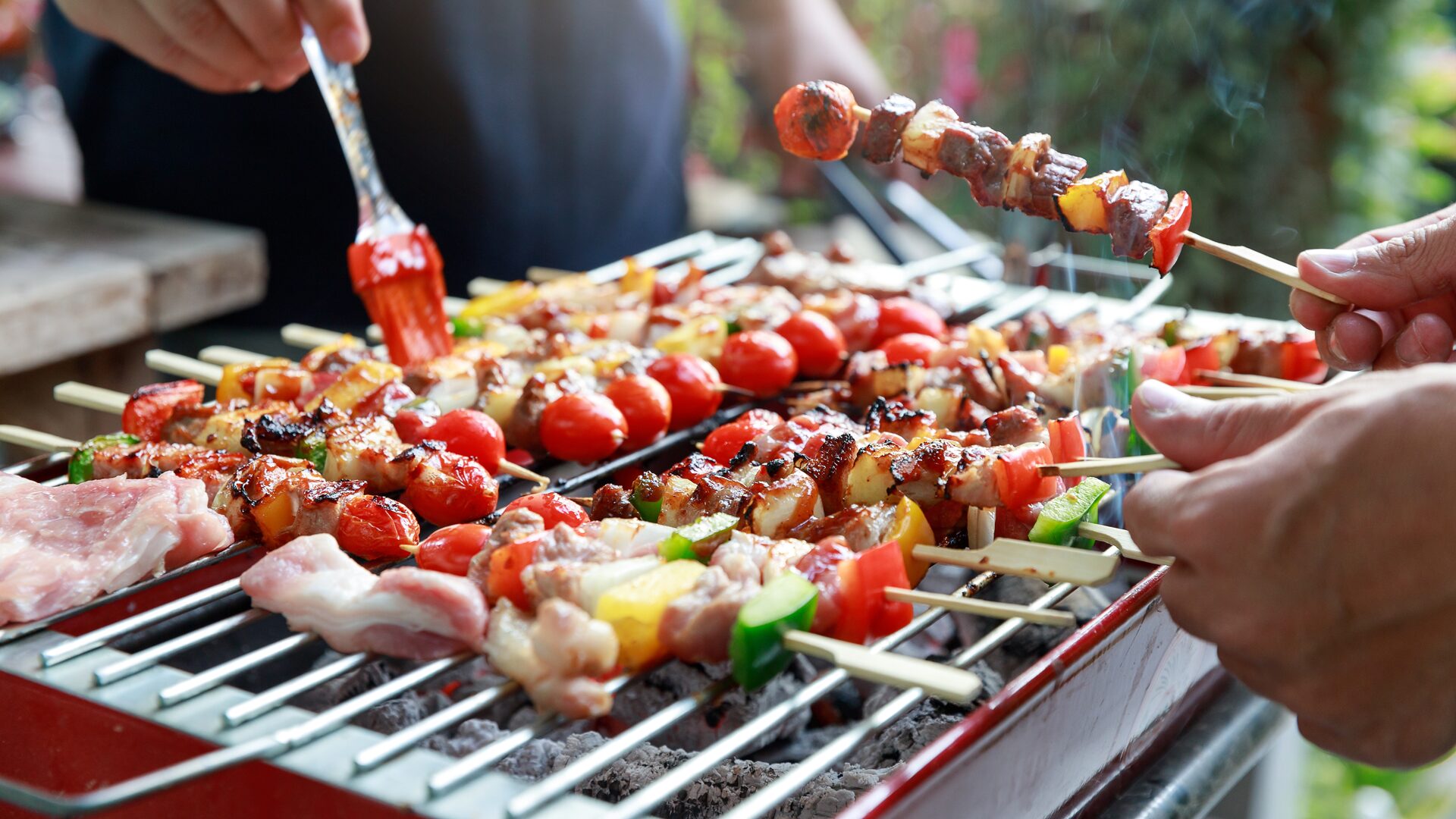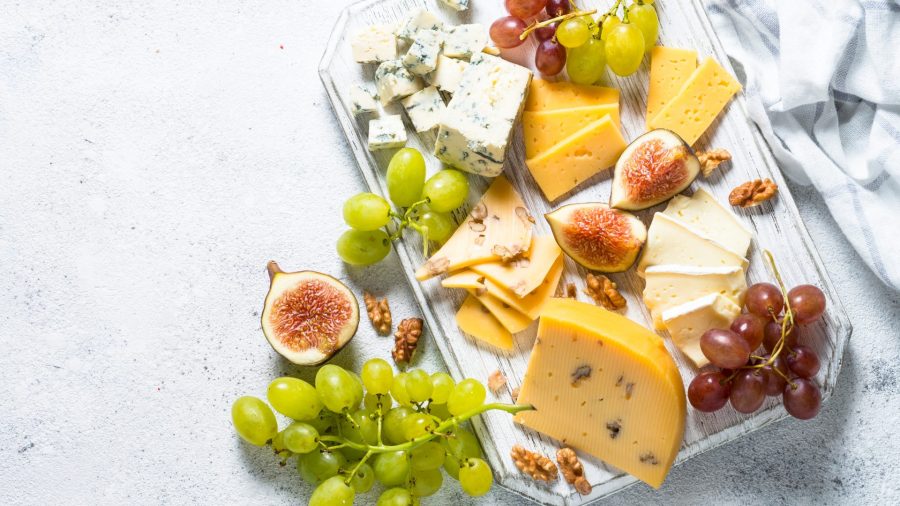Consumers could be getting a break with companies like Conagra Brands, maker of Hunt’s ketchup and other popular packaged groceries, pulling back on price hikes following last year’s worst inflation in four decades.
In its second quarter earnings report, Conagra said it had increased U.S. grocery and snack prices 18.4% in the previous three months, reflecting “inflation-driven pricing actions” throughout the marketplace. The action boosted grocery sales $1.3 billion, or 6.8%, despite an 11.6% drop in sales volume. Prices for refrigerated and frozen foods increased 16%, boosting sales to $1.4 billion while food service prices increased 18.2%, with sales rising to $283 million.
As a result, The Wall Street Journal recently reported Conagra said it doesn’t anticipate any more imminent price increases.
In a slightly different approach to giving consumers a break, Fat Brands’ Hurricane Grill & Wings is offering 50% more in its wing buckets for the same price, reflecting falling prices for chicken wings, CEO Andy Wiederhorn said. And Sam’s Club announced it slashed its membership fee by half in January.
“Keeping price increases at a minimum during this window is only one part of the equation, both in terms of offering operator value and subsequently gaining their loyalty,” Julie Swift, former executive with Waypoint and now a foodservice industry consultant, told The Food Institute.
“Manufacturers must demonstrate they’re in the solutions business by delivering on the operator’s promise to their patrons.” – Julie Swift, foodservice industry consultant
PORTION SIZE IMPORTANT
“Every element on the plate must shift to serve the needs of the operator aligned to two of their primary needs: No. 1, Satisfy the patron, No. 2, satisfy the margin,” Swift explained.
“Manufacturers can greatly impact this by furnishing margin solutions relative to portions/the menu mix – increased portion size on elements of the fully plated meal, while reducing on others as one example — all while providing value in the eyes of the patron,” she added.
Overall food inflation was up 10.4% last month compared with December 2021, with grocery prices 11.8% higher and food away from home up 8.3%.
“Most contract management firms and national account/chain operators with manufacturer contracts have pricing and market headwinds built into their agreements,” Swift noted. “The most vulnerable operators in the marketplace are once again, independent restaurants, many of which do not have contracts. Help during this window translates to goodwill that should deliver for years to come.”
CONSUMERS DISPLAYING PRICE-SENSITIVITY
Consumers began cutting back on purchases last year as prices were peaking, indicating they were unwilling to pay any more. Food and beverages sales fell 3% by volume.
Constellation CEO Bill Newlands recently told Yahoo/Finance consumers are showing sensitivity toward price hikes.
“It’s very typical when you raise prices to see some of this short-term impact,” Newlands said.
A study by economists at the Federal Reserve Bank of Kansas City found companies widening the gap between what it costs to produce an item and what they charge to head off future cost pressures, driving inflation higher.
In its Food Price Outlook, the USDA forecast continued increases in beef, poultry, egg and milk prices, as well as hikes for soybeans and fruit.
The Food Institute Podcast
Click the play button above to listen to the episode.
Recent cyberattacks have shown the business and reputational impacts of a breach, but what technologies can be used to protect your organization? SmartLedger’s Bryan Daugherty and Gregory Ward explain how CERTIHASH Sentinel Node can help a company detect a cyber intrusion more quickly, while IBM’s Patryk Walaszczyk shares how the technology could redefine cybersecurity.


